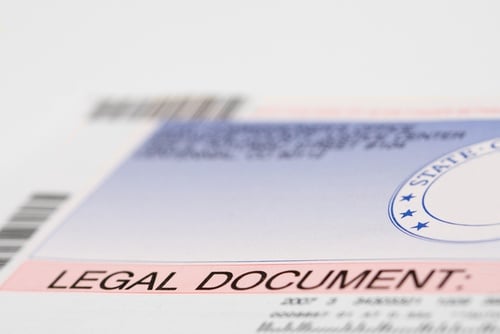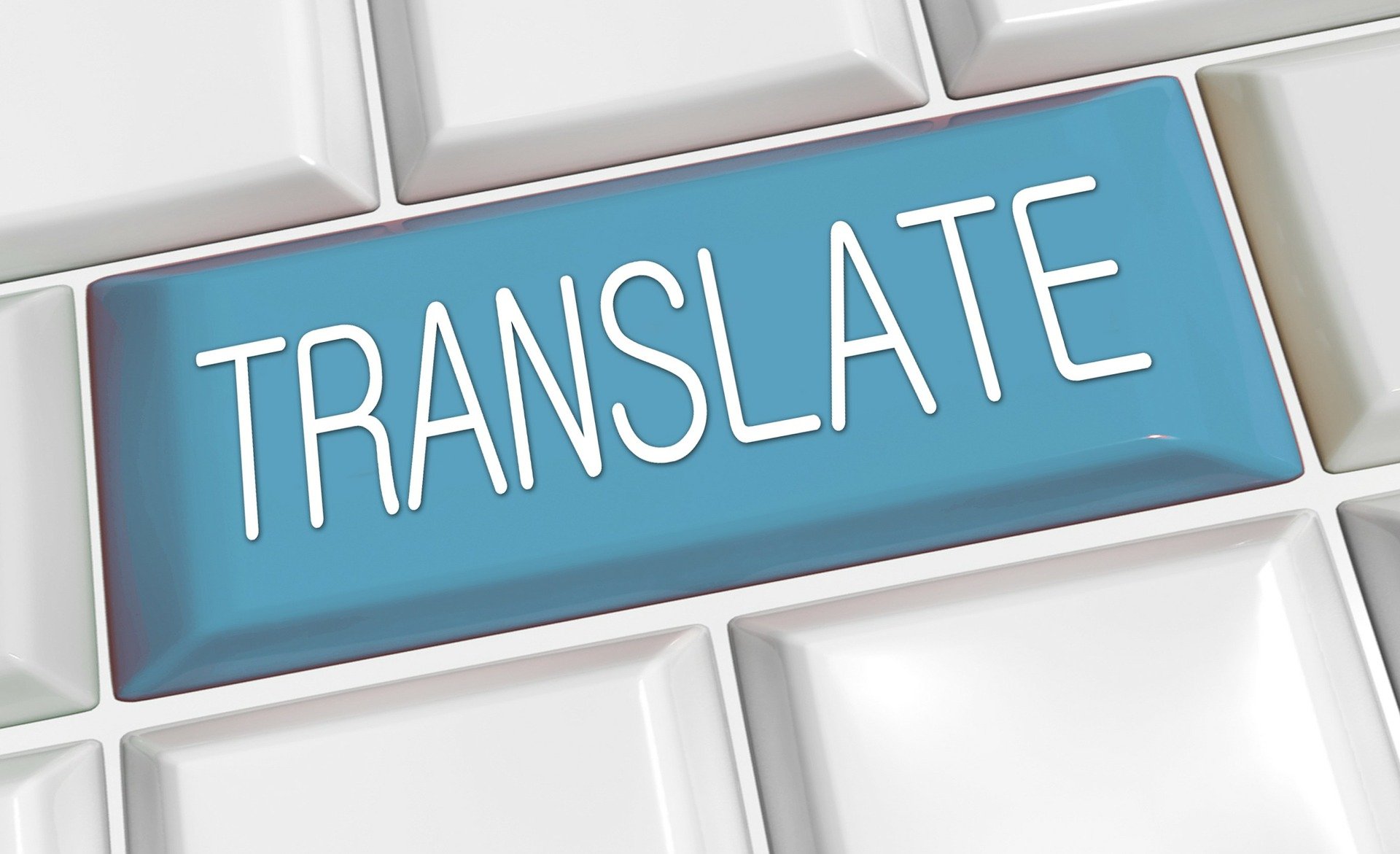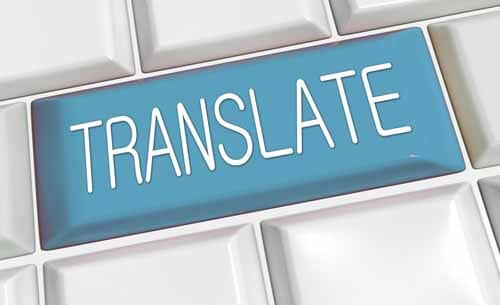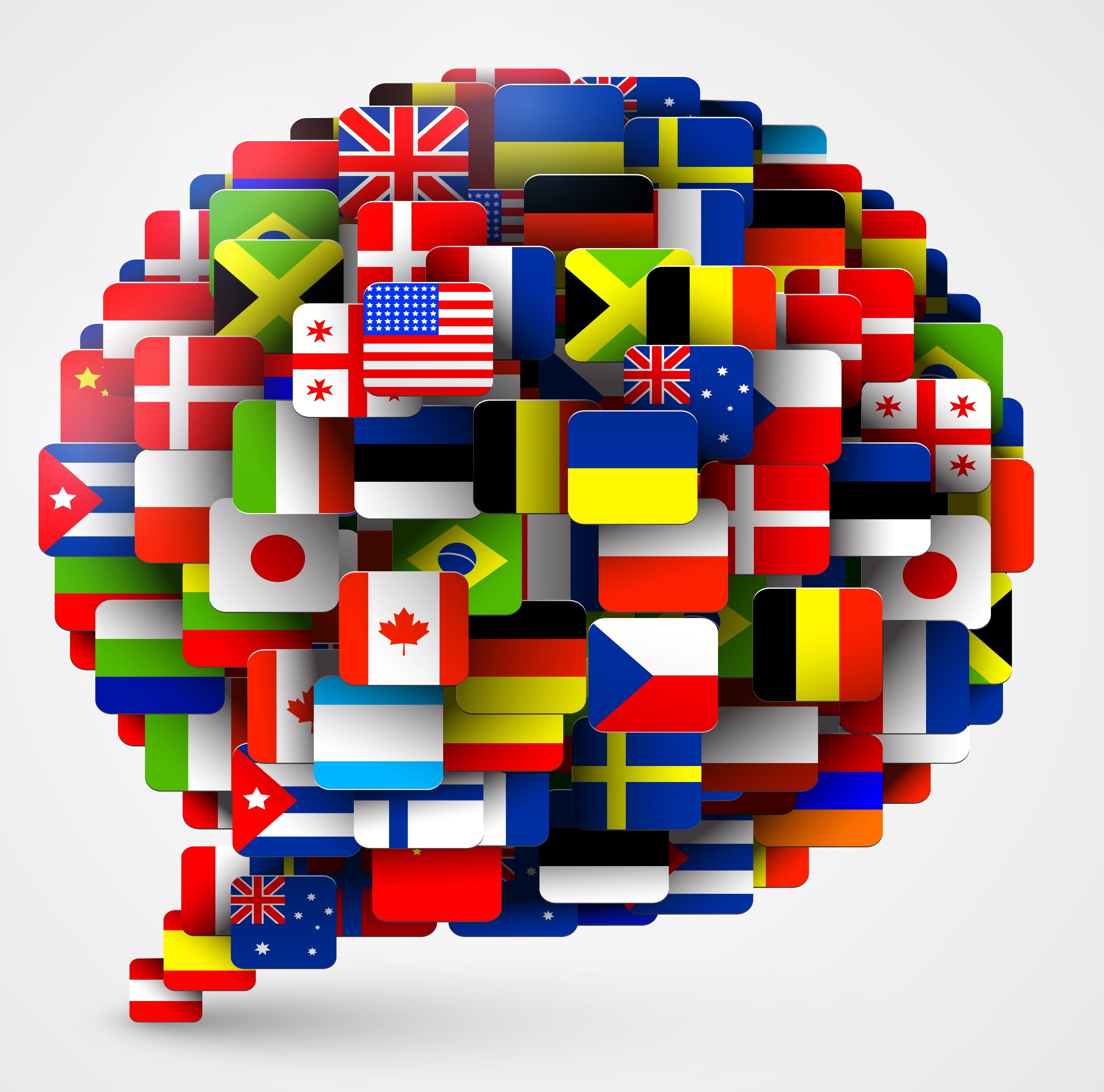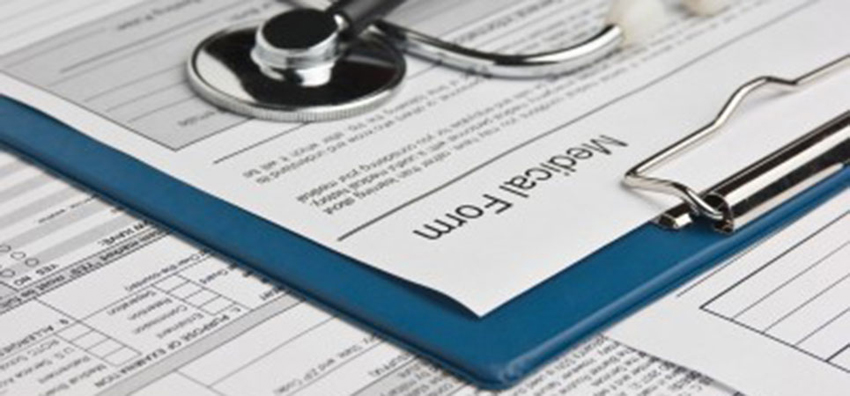Listen to Audio Version:
It’s important to have a high-quality translations when you need to avoid liability, particularly with medical authorization forms.
The number of forms patients or clinical trial participants need to fill out is vast. Even in your native language it can be a daunting task. Now consider trying to complete this pile of forms in a language you have limited ability to speak, or one you are completely unfamiliar with.
It’s important for the patient or participant that the forms are completed accurately so they get appropriate treatment. It’s also important for the practitioner or researcher to get accurate data so that they can treat the patient correctly and avoid liability, or more importantly, so they avoid complications in the treatment of the patient or the workings of the clinical trial.
Using an Interpreter to Assist
Sometimes clients hire an interpreter to come in and help the patient fill out forms. That can work, yet it’s both cumbersome and expensive to schedule and pay an in-person or telephone interpreter every time you have a patient who needs assistance completing forms.
A better alternative is to translate the forms into the languages you need most frequently. You translate them once then you have them for every patient that comes in speaking that language. This eliminates the need to schedule an interpreter for that extra time and in the long run will save you money. Just make sure to use check boxes and multiple choices as much as you can on the form to avoid having answers written out in a language you do not understand. Read more about this below.
Read more about working with an interpreter in our blog “Are You Prepared to Service Your Non-English-Speaking Patients?”
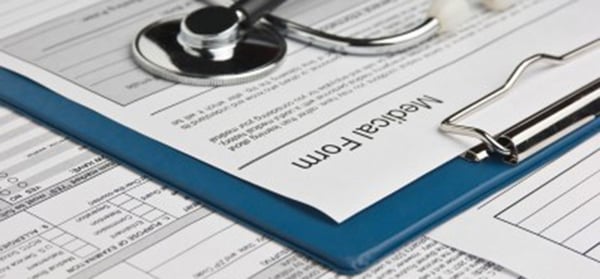 Translate Both Paper and Electronic Forms
Translate Both Paper and Electronic Forms
As we become more technically savvy as a society, forms come in all types; paper, electronic, internet, tablet, etc. Don’t just look at your paper forms for translation, look at the whole gamut. Translating both your paper and electronic forms provides several benefits:
- It’s easier for the patient to fill out on their own because they can read and understand it
- You save the cost of repeatedly hiring an interpreter to assist patients
- It limits liability because the information is translated into the patients’ native language, thus increasing understanding
- You get more accurate information directly from the patient, particularly when there is sensitive information that they may be reluctant to share with an interpreter
- It's HIPAA compliant because there's one less person involved in completing the form
Let’s look at some recommendations to follow when creating or preparing forms that need to be translated.
1 – Writing Forms for Translation
Writing in “Global English” is always recommended when you are creating something that you will need translated. This is especially true when you need to gather information using a form.
- Writing - Write in the right register or reading level of your patients. This ensures that when they read it, they will understand the questions. Writing in the right register gives you a translation in the right register.
- Grammar – Use proper grammar so that the translator has an easier time with the translation.
- Wording – Don’t use words or phrases that are ambiguous or that could have a double meaning. This makes it difficult to translate and results in time spent seeking clarification to get it right.
- Precise - Use very clear, succinct language and short sentences.
- Question Types – Use questions with multiple choice options. This helps the practitioner be able to understand the form without needing it translated back into English or asking the interpreter for assistance.
2 – Consider Layout
Have you ever had to complete a form that is so full of information it’s impossible to answer the questions fully because there’s not enough space to write? I’m sure we’ve all seen this at one time or another.
Don’t start with an overcrowded English form because when you translate it, chances are it may not fit. Translation often results in “expansion.” This means the translation takes an average of 20% more space than the original English. You need to have white space available for this expansion.
One of my favorite examples to use to explain expansion is the German word farfegnugen. Remember this? It was Volkswagen’s tagline. That one word translates into “the pleasure of driving,” 40% expansion. If you look at the number of characters, it expands from 11 to 23, that’s 48% more space needed for the translation.
Read more about foreign language layout in our blog – “Foreign Language Desktop Publishing Explained.”
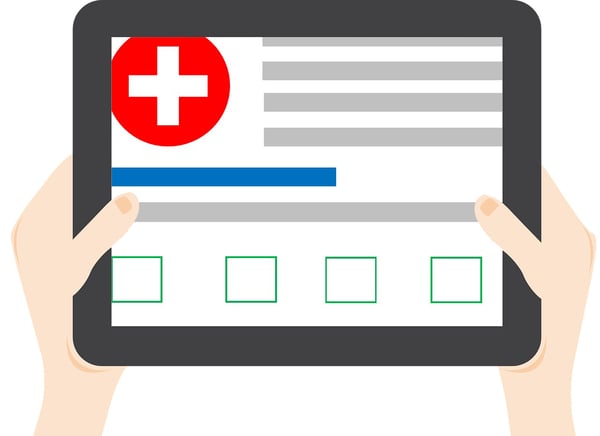 3 – Think About Accessibility
3 – Think About Accessibility
Are you going to use paper forms or electronic? If you plan to use electronic forms either in your office or on the internet, you need to make sure you give your patient or participant a clear navigation. They will be more apt to comply or complete the information when it’s easy.
Plus, make sure that the navigation is translated, easy to follow and leads to information in the correct language.
4 – Who Should do your Translation
Google Translate
First and foremost, don’t use Google Translate! We have other blogs outlining the pitfalls and risks involved using Google Translate, start with “Why NOT to Use the Google Translate Plug-In on Your Website.” We talk a lot about Google Translate having a hard time translating meaning, yet when there is a risk of liability, it is an even bigger issue. Just don’t use it.
Bilingual Employee, Friend or Family Member
Maybe you have a bilingual employee, friend or family member, could they do your translation? That could work, but there are points you’ll want to think about first.
- Is this someone you'd ask to create your forms in English?
- Do they have the right education level in both English and the target language?
- Do they understand medical terminology?
- Do they understand the US Healthcare System?
- Will they ask for clarification if they don't understand something?
We have had clients who have run into issues using a bilingual employee, friend or family member. They come to us to review the translation and we find that some of the word choices are wrong or inappropriate, sometimes the grammar is bad, or the layout is off. If you choose to go this route, we suggestion you hire a professional translation agency to edit the document(s) after they are translated to make sure they are accurate and that you aren’t setting yourself up for a liability issue.
Read more in our blog “Can Your Employee Do Your Translations?”
Professional Translation Agency
You could hire professional translation agency who carries a liability insurance policy on their work. And look for an agency the offers a satisfaction guarantee. For example, we offer a 100% satisfaction guarantee to all our clients.
Also, if you’re conducting a clinical trial and you will need to present information to the FDA, you want to find out what certifications your translations will need and ask if your agency can do that for you.
 Other Forms and Documents to Translate
Other Forms and Documents to Translate
Once you’ve translated your medical authorization forms and disclosure forms, there are other documents you may want to consider translating for your patients. Some examples:
- Brochures about different diseases, illnesses, procedures, etc. (First check with the Department of Public Health to find out what is already translated.)
- Warning posters you have hanging in your office or documents you distribute to patients that explain what to do in an emergency or if they or a loved one experiences certain signs or symptoms.
- Medical instructions, so that your patients can understand and follow discharge or medication instructions. This is important for good treatment outcomes as well as limiting liability.
- Compliance requirements for clinical trials, so your results are scientifically accurate.
And, remember to use diagrams when possible. Visual instructions and explanations are often universally understood and an easy way to communicate across languages.
When you need help translating your medical forms or documents, give us a call. We’re happy to answer questions and help guide you on the best plan for communicating with your limited and non-English speaking patients and clinical trial participants.
Read more about translating other documentation in our blog “8 Considerations for Getting High-Quality Document Translation.”
Rapport International specializes in multilingual communications, providing language translation and interpretation services that are accurate and culturally appropriate. We use the right voice, correct terminology to avoid liability, customize services to your needs, and deliver on time and within your budget. And with our 100% satisfaction guarantee, you can trust that it’s done right. Contact us today if you would like more information or to get a free quote.
Rapport International specializes in multilingual communications, providing language translation and interpretation services that are accurate and culturally appropriate. We use the right voice and the correct terminology to avoid liability, customize services to your needs, and deliver on time and within your budget. With our 100% satisfaction guarantee, you can trust that it’s done right. Contact us today if you would like more information or to get a free quote.
Popular Posts
Popular industry news, interviews, technologies, and resources.





